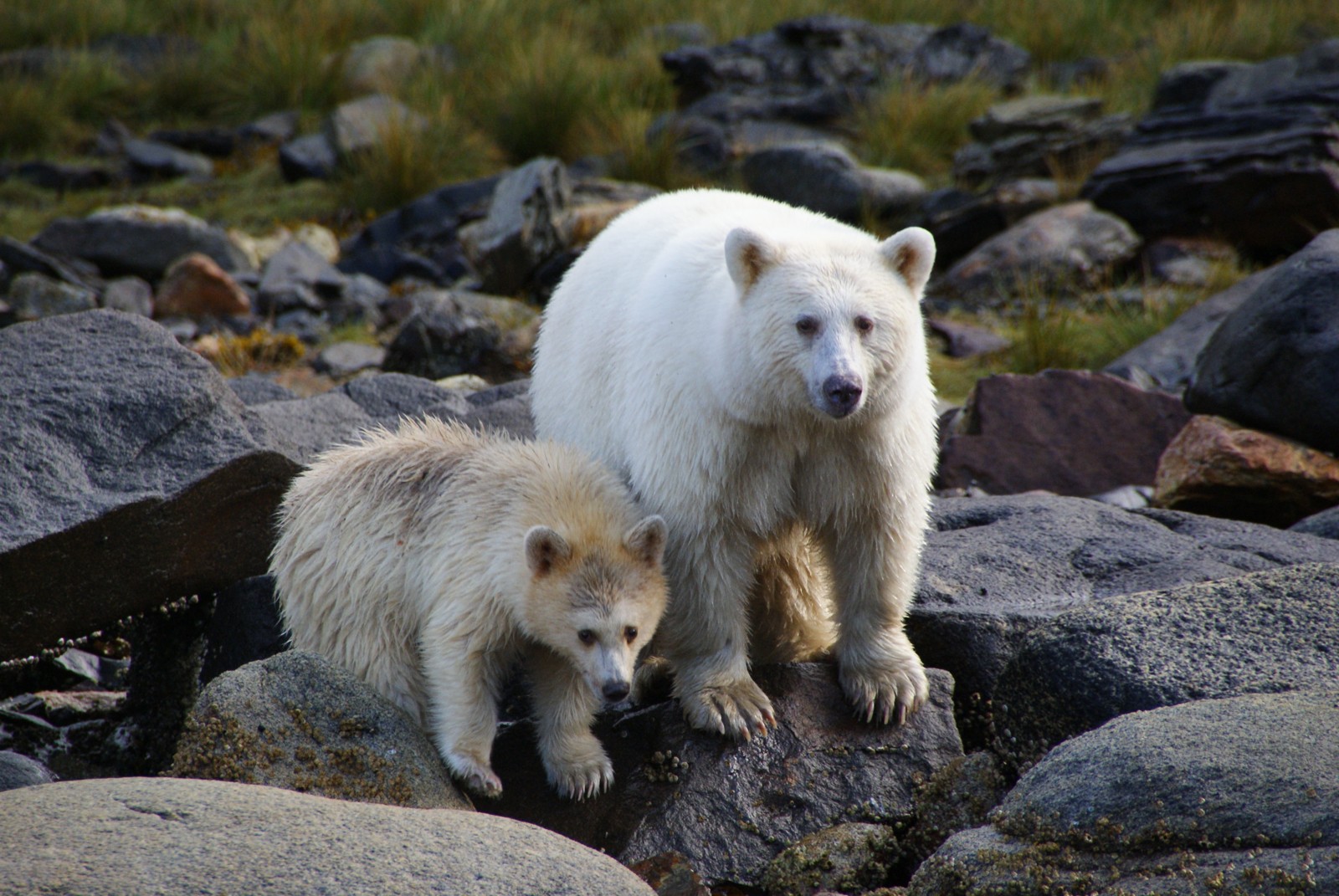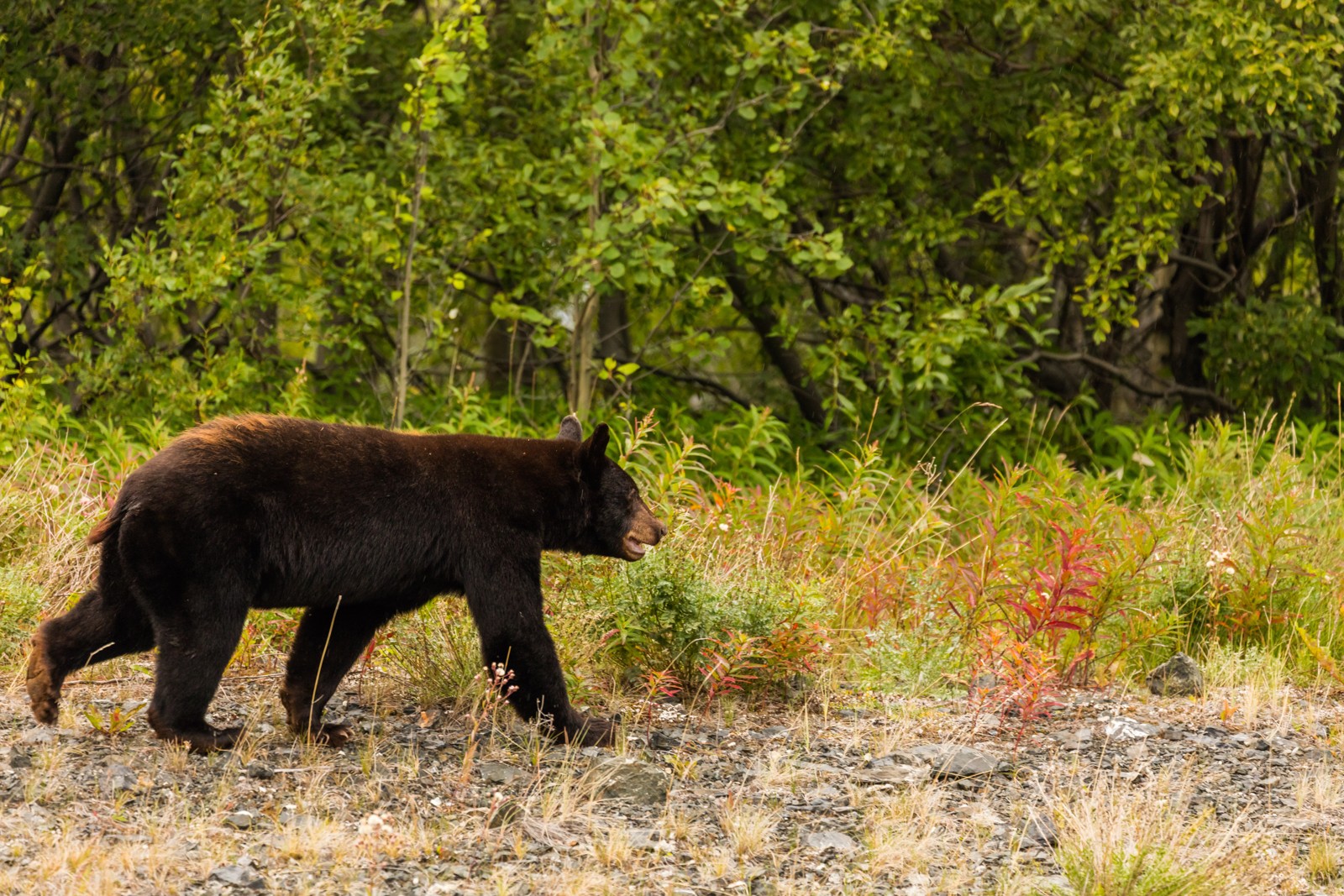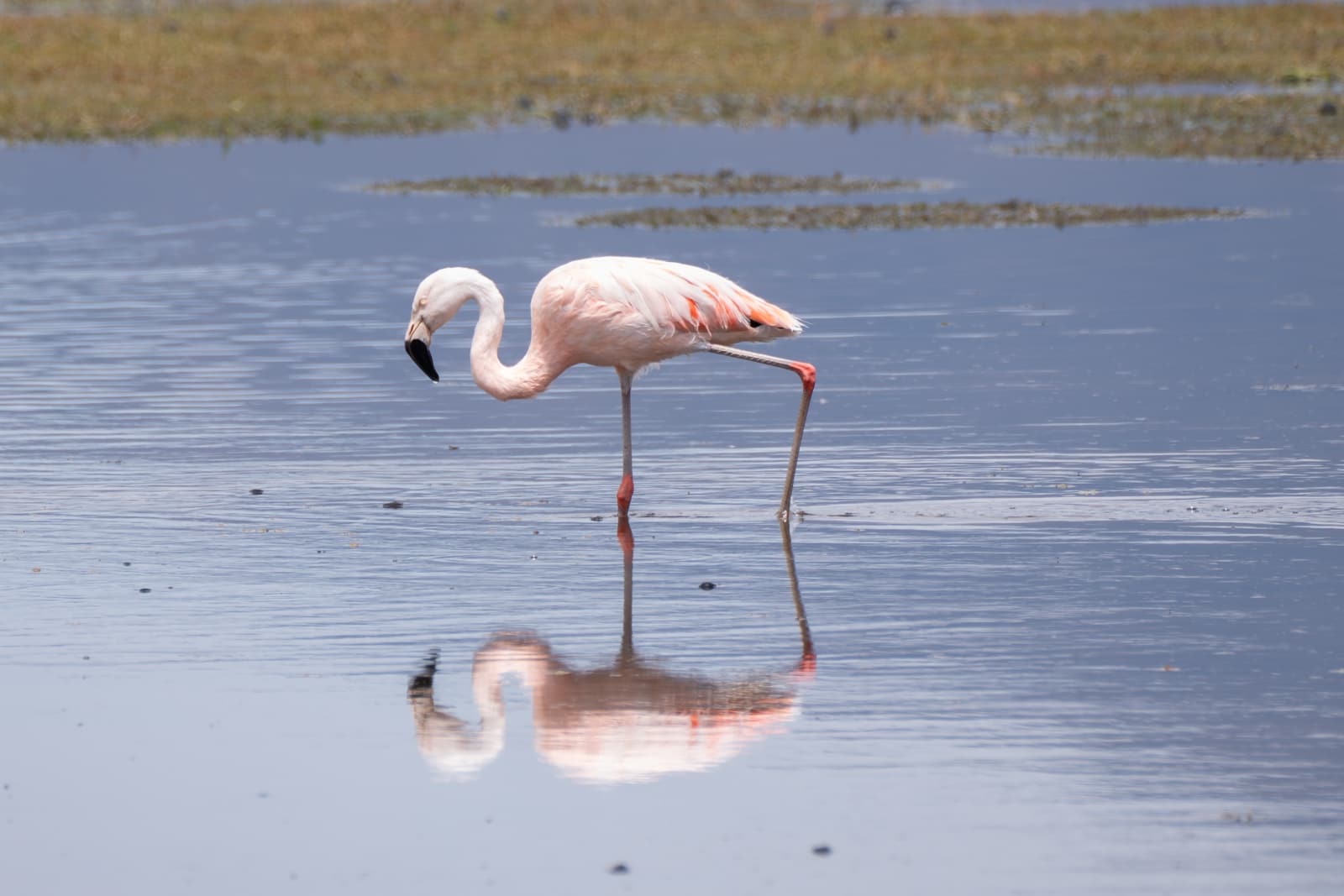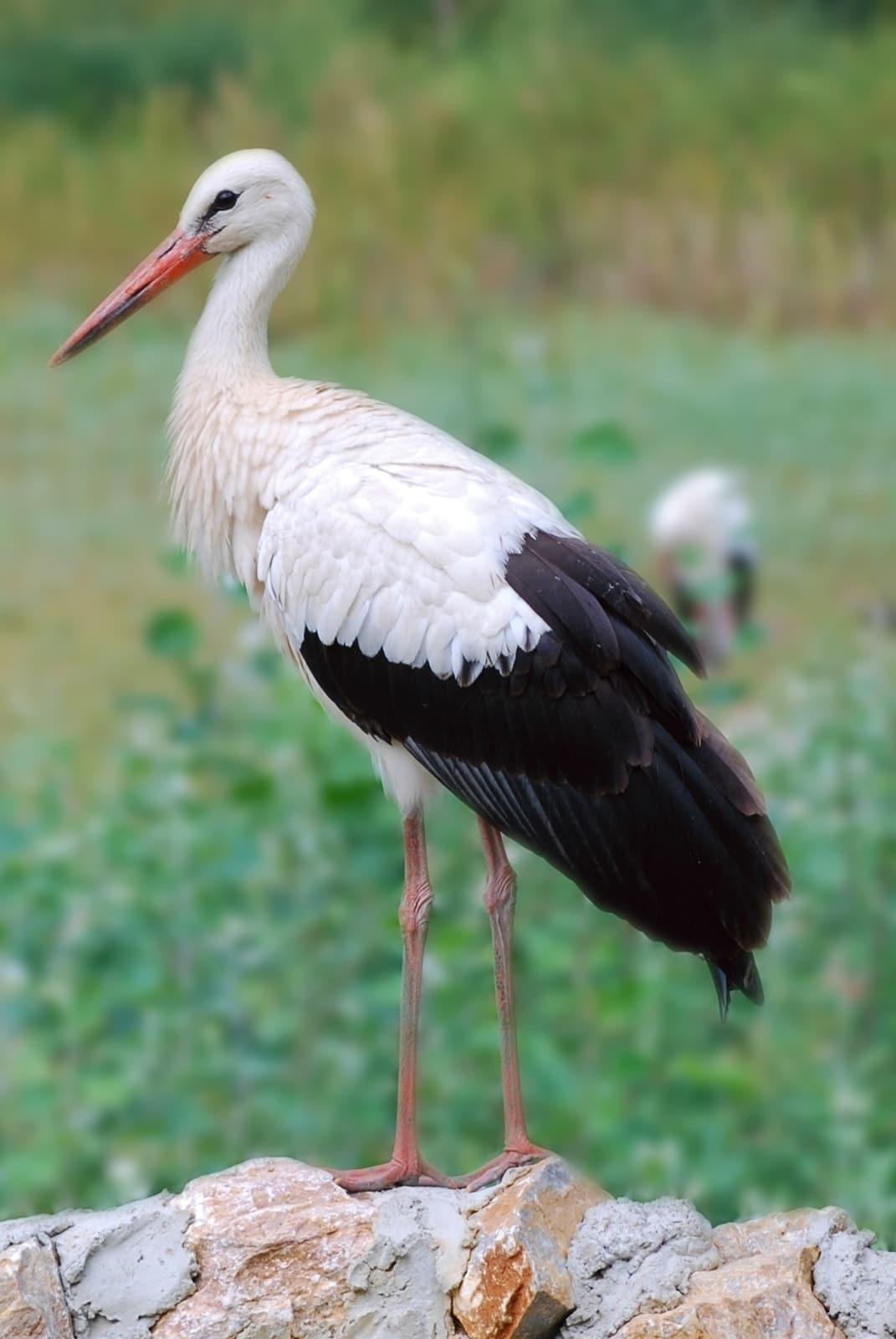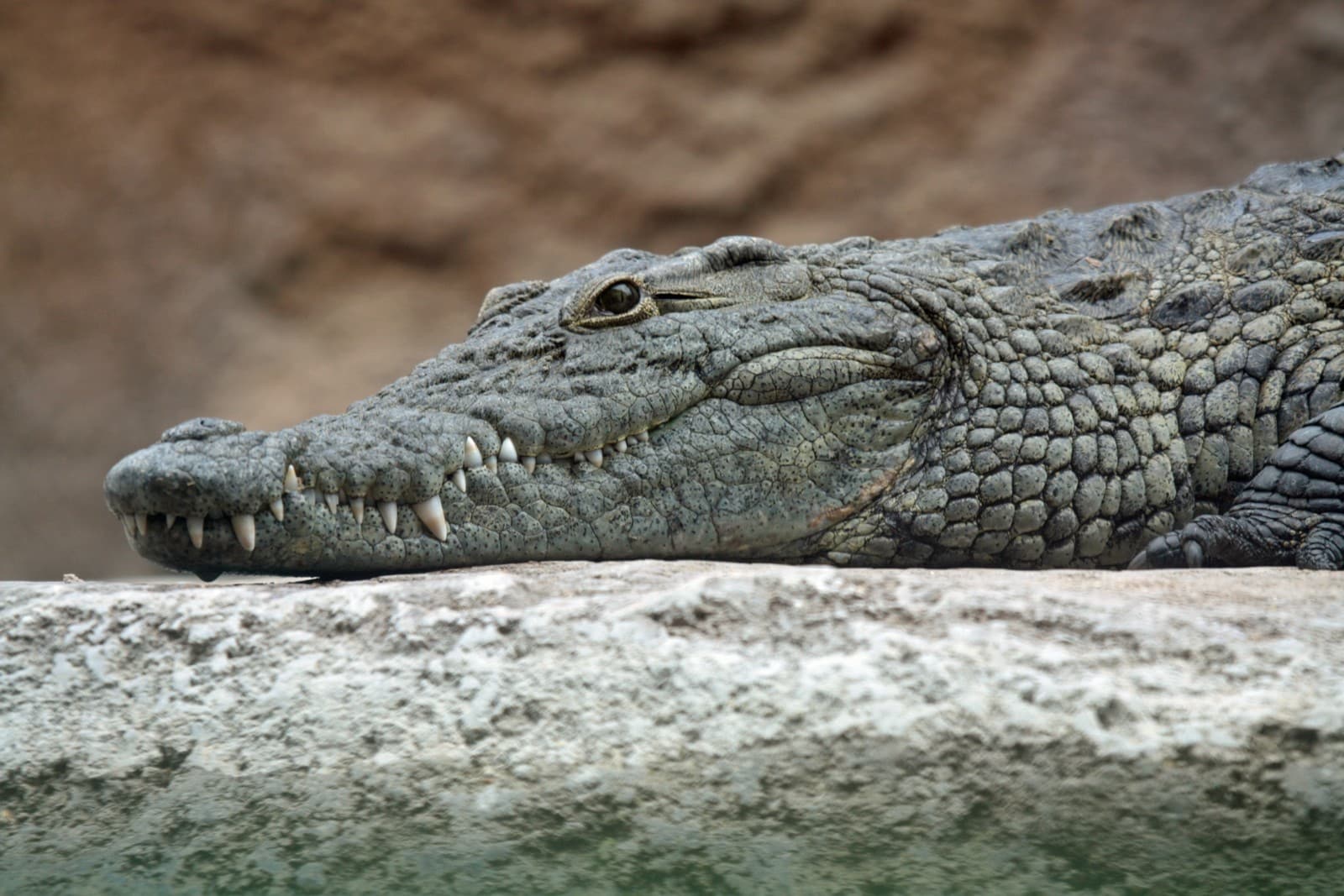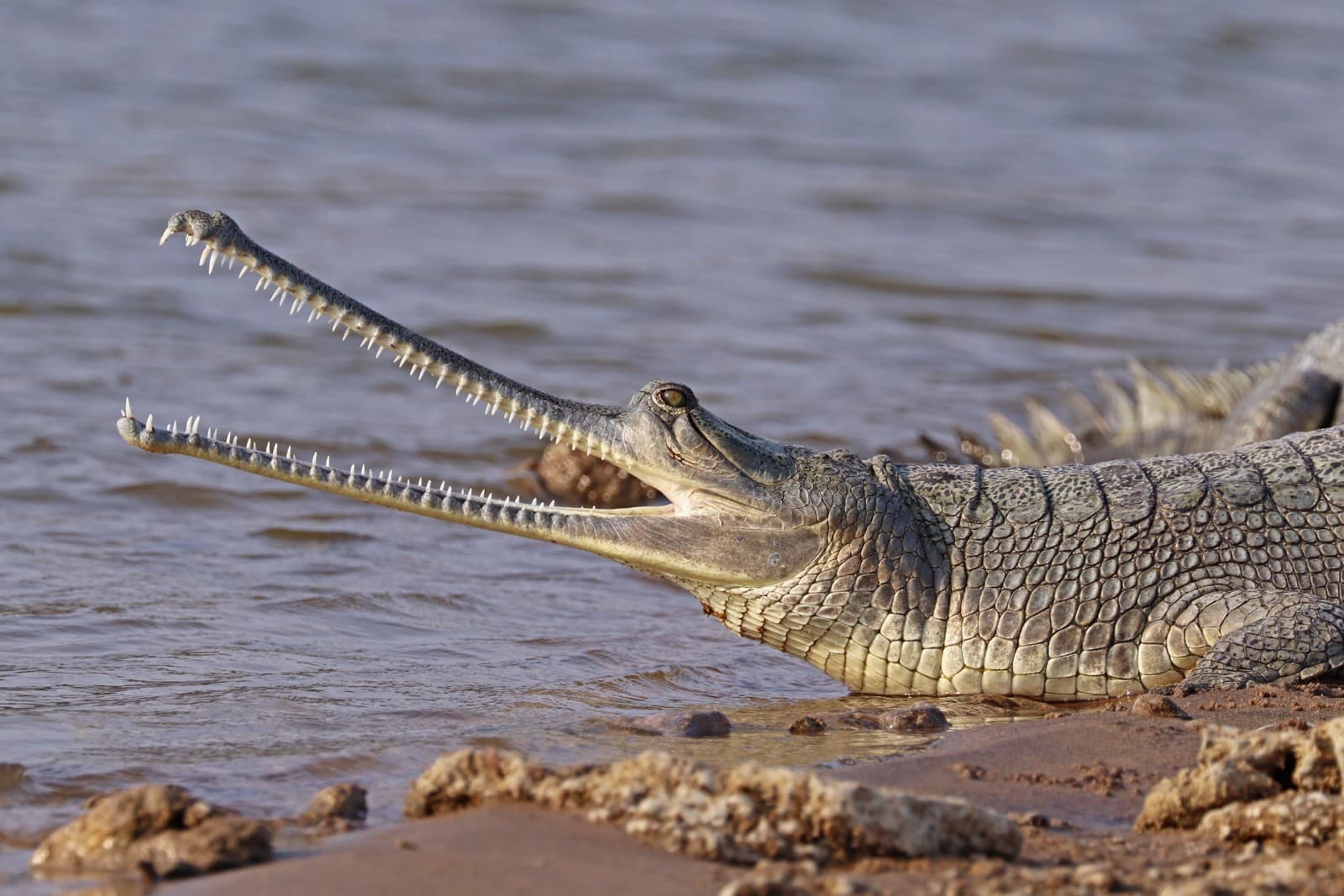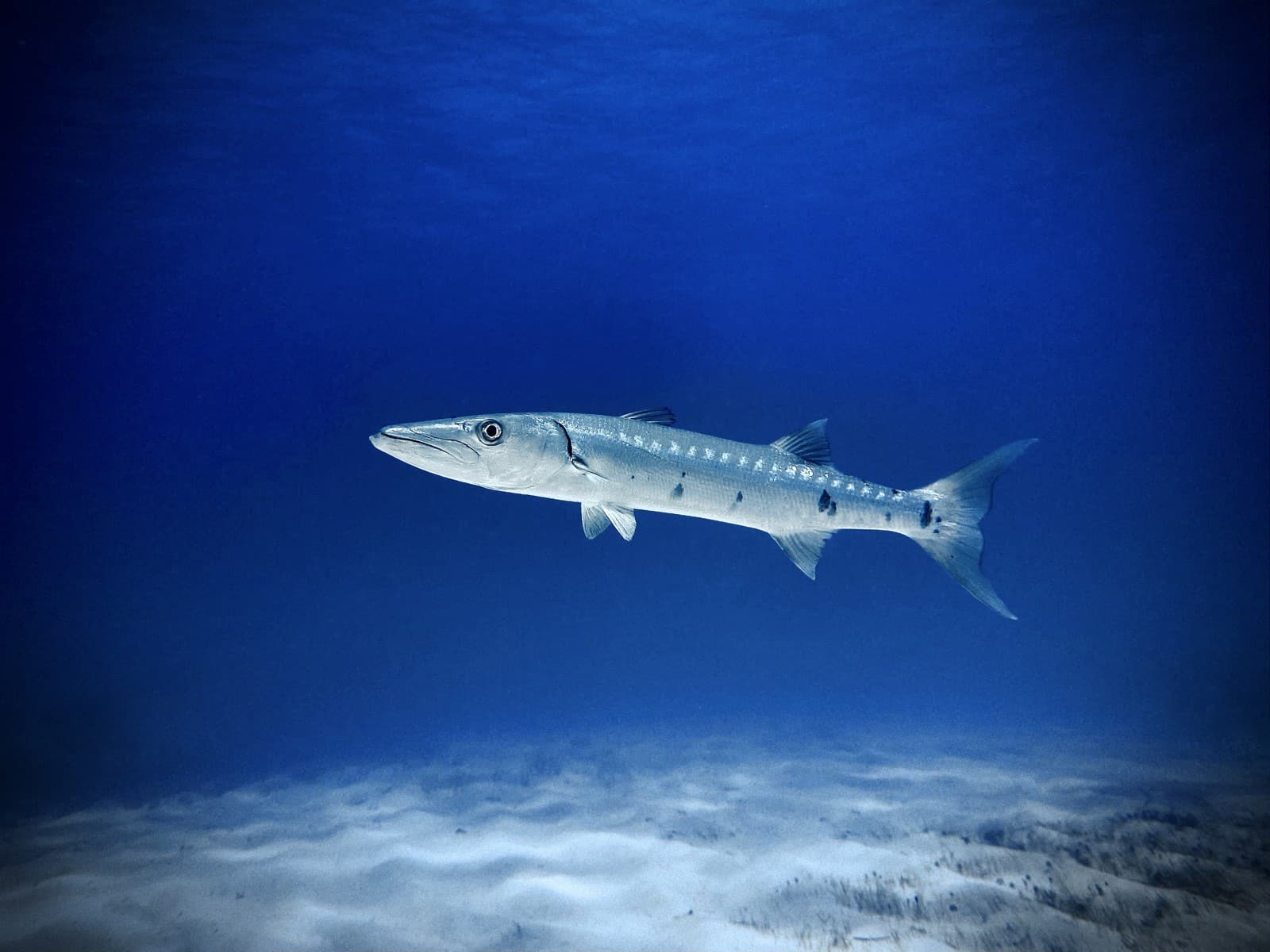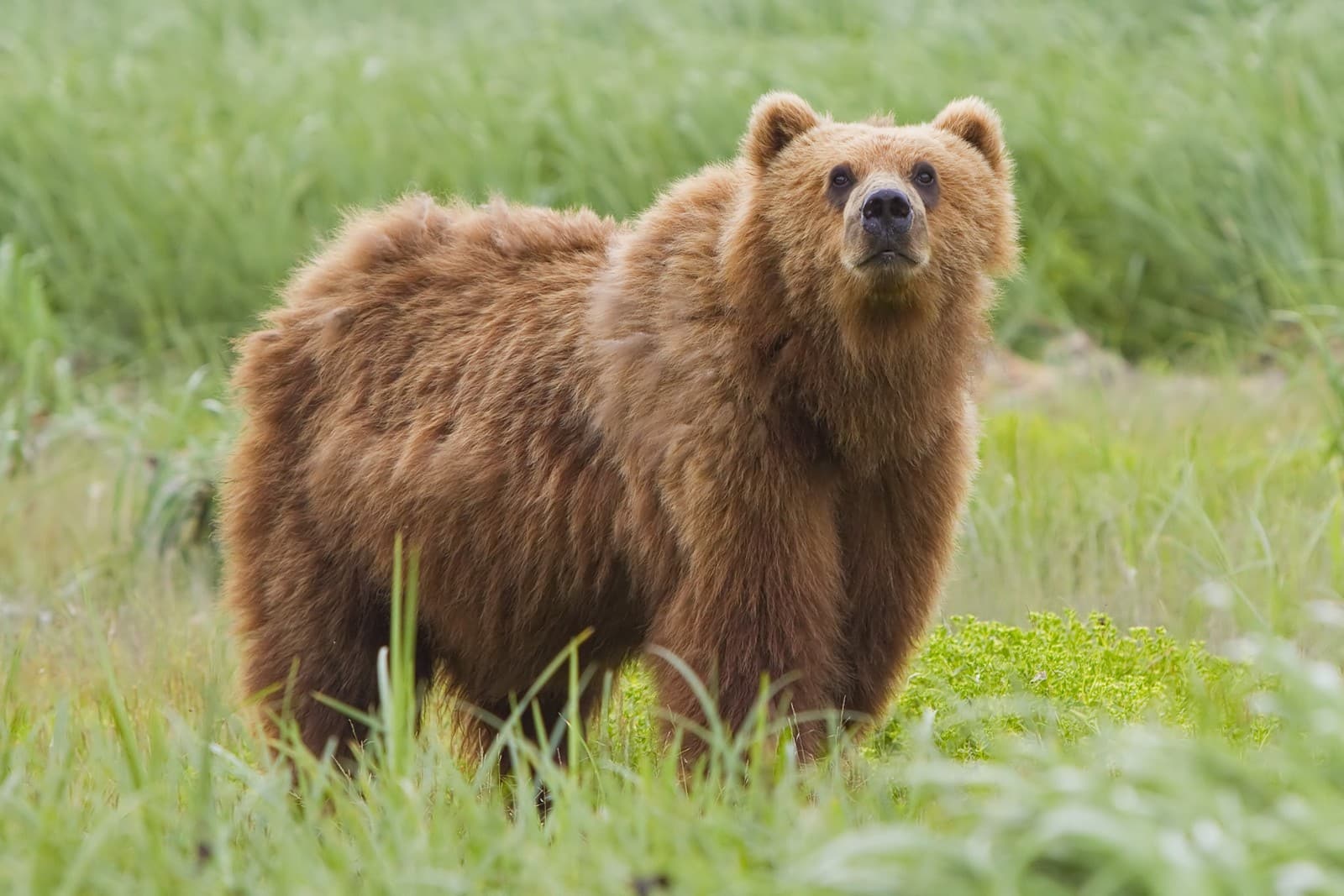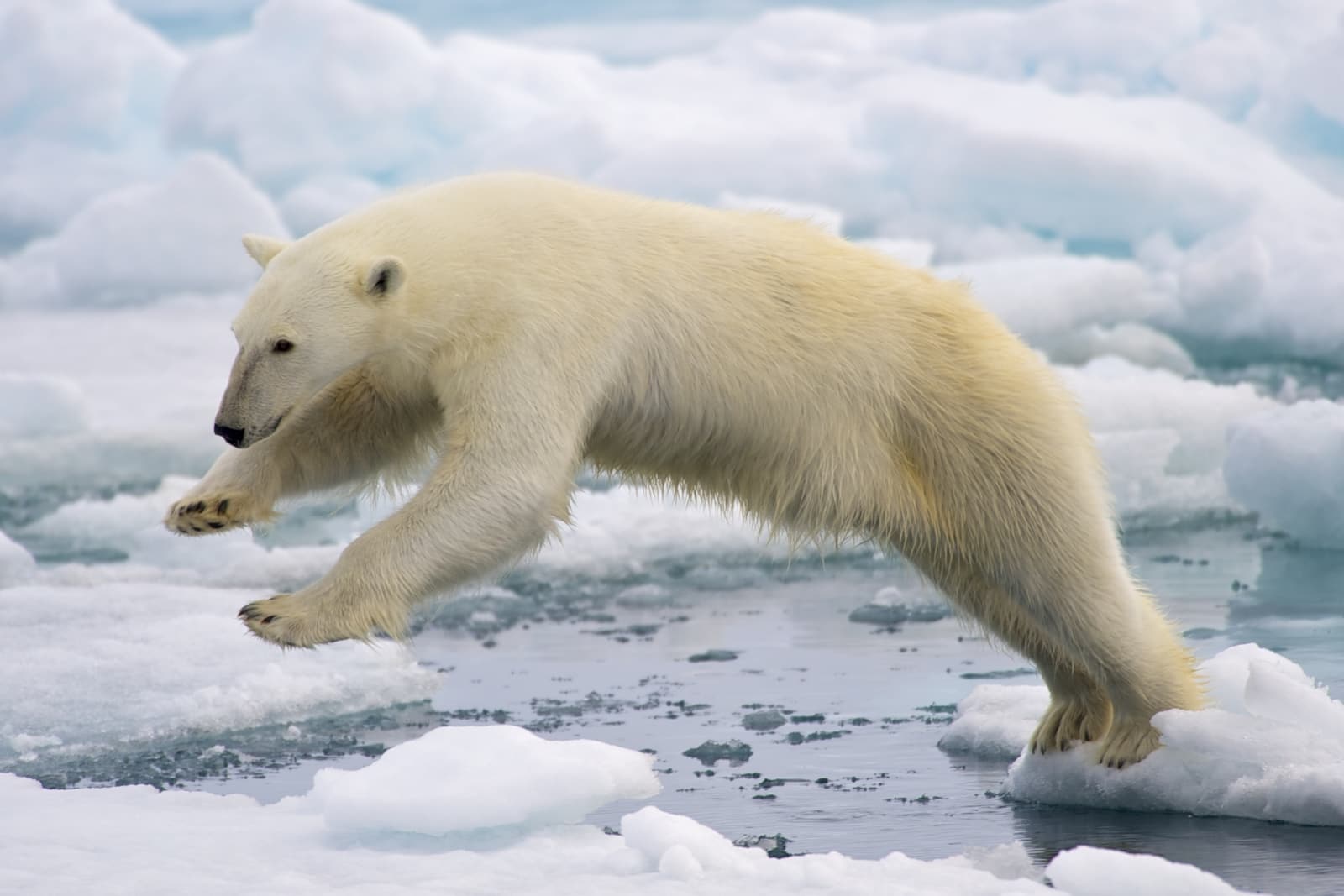Black Bear vs Asiatic Black Bear: A Complete Comparison
When comparing the Black Bear vs Asiatic Black Bear, several distinct characteristics set these two species apart. While both belong to the Ursidae family, the American Black Bear (Ursus americanus) ranges from 130-660 pounds (59-299 kg), while the Asiatic Black Bear (Ursus thibetanus) typically weighs between 220-440 pounds (100-200 kg). Perhaps the most striking difference is the Asiatic Black Bear’s distinctive cream-colored crescent marking on its chest, earning it the nickname “moon bear.”
These two species have evolved to thrive in different geographical regions, developing unique adaptations and behaviors. The American Black Bear inhabits North America’s diverse landscapes, from Alaska to Mexico, while the Asiatic Black Bear roams across southern and eastern Asia, from Iran to Japan.
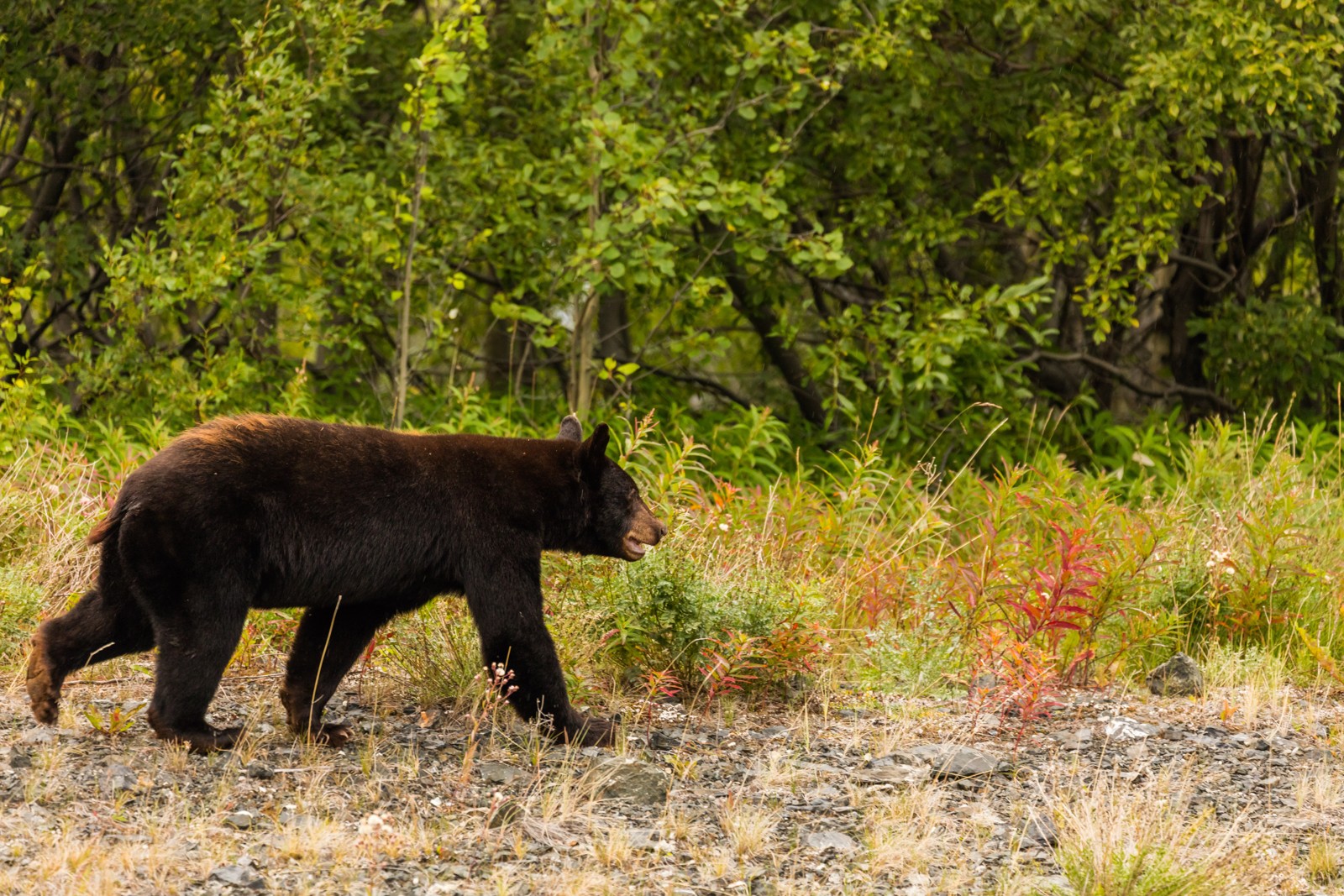
© Diego Delso / CC BY-SA 4.0
The American Black Bear demonstrates remarkable adaptability across North American ecosystems, from coastal regions to mountain forests. Despite its name, this species can display various color phases, including cinnamon, brown, and even white in some regions.
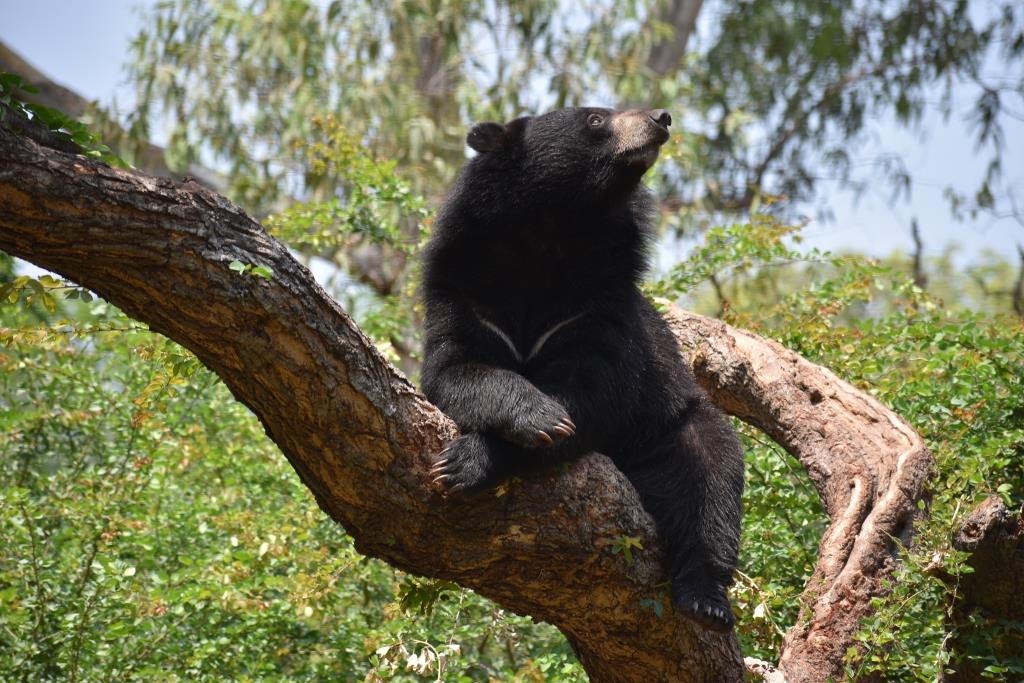
© Shiv's fotografia / CC BY-SA 4.0
The Asiatic Black Bear exhibits superior climbing abilities, spending significant time in trees. Its distinctive chest marking and more arboreal lifestyle distinguish it from its American cousin.
Key Physical and Behavioral Differences
| Feature | Black Bear | Asiatic Black Bear |
|---|---|---|
| Size | 4.3-6.3 ft (130-190 cm) | 4.6-6.2 ft (140-190 cm) |
| Weight | 130-660 lbs (59-299 kg) | 220-440 lbs (100-200 kg) |
| Chest Marking | None | Distinctive white crescent |
| Habitat Range | North America | Southern and Eastern Asia |
| Climbing Ability | Good | Excellent |
| Diet Preference | More omnivorous | More herbivorous |
Habitat and Distribution
The American Black Bear demonstrates remarkable adaptability, thriving in diverse environments from dense forests to arctic tundra. These bears occupy territories ranging from 15 to 80 square miles (39-207 square kilometers), depending on resource availability.
Asiatic Black Bears prefer mountainous forests at elevations between 3,300-13,000 feet (1,000-4,000 meters). They show a stronger preference for forested areas compared to their American counterparts, rarely venturing into open spaces.
Dietary Habits and Foraging
While both species are omnivorous, their dietary preferences show notable differences:
American Black Bear:
- More varied diet
- Greater consumption of animal protein
- Highly adaptable feeding patterns
- Frequent raids on human food sources
Asiatic Black Bear:
- Primarily vegetarian diet
- Specialized in consuming nuts and fruits
- More dependent on forest resources
- Higher consumption of insects and larvae
Behavior and Social Structure
The behavioral patterns of these bears reflect their evolutionary adaptations:
American Black Bear:
- More solitary nature
- Less aggressive toward humans
- Excellent swimmers
- Adaptable to urban environments
Asiatic Black Bear:
- More territorial
- Higher climbing proficiency
- Complex social interactions
- Generally more aggressive when threatened
Conservation Status and Threats
Both species face significant challenges in the modern world, though their situations differ markedly. The American Black Bear maintains stable populations across much of its range, while the Asiatic Black Bear faces more severe threats:
American Black Bear:
- Population: 600,000+ individuals
- Status: Least Concern
- Main threats: habitat loss, human conflict
Asiatic Black Bear:
- Population: Unknown, declining
- Status: Vulnerable
- Main threats: poaching, bile farming, habitat fragmentation
Who Would Win in a Confrontation?
While bear-to-bear confrontations are rare in nature, physical characteristics suggest the outcome of a theoretical encounter. The American Black Bear typically possesses a slight size advantage, particularly in males, but the Asiatic Black Bear demonstrates greater aggression and stronger climbing abilities. The winner would likely depend on the specific circumstances and individual bears involved, though the Asiatic Black Bear’s more aggressive nature might give it an edge in direct confrontations.
Survival Adaptations
Both species have developed unique adaptations for survival in their respective habitats:
American Black Bear:
- Better swimming abilities
- More efficient hibernation
- Greater temperature tolerance
- Varied coat colors for camouflage
Asiatic Black Bear:
- Superior climbing skills
- Better adapted to steep terrain
- More specialized feeding techniques
- Enhanced arboreal navigation
Understanding these differences between Black Bears and Asiatic Black Bears helps appreciate how similar species can evolve distinct characteristics based on their environmental pressures and geographical separation.
